In Germany, more and more homeowners are currently undergoing their private energy transition: with a solar system on the roof, battery storage and a heat pump in the basement – and perhaps a wallbox for an electric car. Digital connectivity and the use of artificial intelligence create unprecedented opportunities to make the climate-friendly transformation in the building sector much smarter and cheaper.
1.5-degree climate goal
The climate policy requirements to meet the 2015 Paris climate goal – to limit the increase in global warming to an average of 1.5 degrees – and the energy crisis have significantly increased the interest of private individuals in clean and affordable energy production, in particular without fossil fuels.
In addition to CO₂-free energy production, energy-efficient refurbishment of existing buildings and the construction of new energy-efficient buildings continue to be essential tools for effectively reducing energy consumption and decarbonisation in this area.
Energy transition in the private building sector
In Germany, more and more homeowners are currently undergoing their private energy transition: with a solar system on the roof, battery storage and a heat pump in the basement – and perhaps a wallbox for an electric car. (German with English subtitles)
Source: KfW / Detlev Karres / Thomas Schuch
Decentralised energy generation and digitalisation

Claudia Kemfert
is Professor of Energy Economics and Energy Policy at the University of Lüneburg and heads the Energy Department at the German Institute for Economic Research (DIW) in Berlin. She is also Vice-Chair of the German Advisory Council on the Environment for the Federal Government.
The renowned energy economist Prof. Dr Claudia Kemfert sees decentralised energy generation and smart digitalisation in the private building sector in particular as the decisive step on the way to a decarbonised future.
"The aim of the energy transition is to expand as many renewable energies as possible. This means that decentralisation is important – as much solar energy as possible on the roofs. At the same time, it must also be a question of the heating transition, i.e. replacing oil and gas heaters with, for example, a heat pump or alternatives. To ensure these changes are made wisely, we need a decentralised solution: digital, intelligent and smart."
Interest in decentralised energy supply solutions is growing – and with it the number of technologies for effectively using renewable energies in our own homes. In order for the power generation of a solar installation to be used as efficiently as possible, the individual components of this type of supply solution must be optimally coordinated with each other. This task is performed by an energy management system (EMS) that records and optimises all energy flows in the household.
CleanTech
In recent years, dynamic start-ups have established themselves in Germany in particular. They use innovative technologies to reduce negative environmental impacts in the building energy sector and help to use sustainable resources more efficiently.
These climate protection technology companies, better known as CleanTech start-ups, have specialised in different business models that pave the way for their customers to affordable and climate-friendly energy production.
Especially among the scale-ups, i.e. the start-ups experiencing particularly high-growth, some are on the best path to achieving or have already achieved the coveted status of a unicorn. These unicorns are young companies with an estimated value of at least USD 1 billion. There are currently just over 30 unicorns in Germany.
1Komma5Grad

Heartbeat AI
is the name of the main platform at 1Komma5Grad. Artificial intelligence (AI) is used to update the energy management system, which networks all components in the house and keeps them up to date at all times via software updates.
One of these young CleanTech scale-ups even bears the Paris climate goal in its name. 1Komma5° from Hamburg is in the process of fundamentally changing the market for solar installations, battery storage, heat pumps, wallboxes, energy management systems and the affordable procurement of electricity from renewable energies – and thus also significantly advancing the heating transition in the building sector.
Within just about two years, the start-up has developed into one of the rare unicorns in the country. It is now expanding to six more countries (Denmark, Sweden, Finland, Spain, the Netherlands and Australia).
1Komma5Grad
was founded in 2021 as a CleanTech start-up in Hamburg. The company is now represented at over 80 locations with around 2,400 employees in seven countries in Europe and Australia.
Website 1Komma5Grad1Komma5° sees itself as a carbon reduction company. Thanks to the comprehensive networking of all connected components and the intelligent algorithm of the in-house energy management system Heartbeat, the electrical energy consumption of its customers is shifted to times when there is a surplus of electricity from renewable energies.
Philipp Schröder

Philipp Schröder
founded 1Komma5Grad together with three companions. Previously, he was a member of the management board of Tesla Germany and the then independent battery manufacturer Sonnen GmbH from the Allgäu region.
Before Philipp Schröder developed the idea and vision for 1Komma5° – in consultation with his co-founders Jannik Schall, Micha Grüber and Philip Liesenfeld – he already brought a wide range of industry experience to the table as CEO. Schröder previously worked in the electric car and battery storage sectors for over ten years. His three colleagues gained comparable knowledge and experience before the start-up was founded in 2021.
For Philipp Schröder, the intelligent networking of the various components is one of the keys to the success of his company.
"We have to put together different pieces of the puzzle, bringing together craftsmanship, new hardware, technology and software. And that’s where we make our contribution to digital transformation."
In addition to the desired business success, Schröder’s and his team’s own contribution to the Paris climate goal of 1.5 degrees, which is also the inspiration for the rather unusual company name, remains the overarching guiding principle.
In Germany, the building stock, which is predominantly heated with fossil fuels such as oil and gas, is currently still responsible for around 30 per cent of all carbon emissions. The legislator’s aim is for the sector to be almost climate-neutral by 2045. To achieve this, 1Komma5° and the other CleanTech companies such as Enpal, Thermondo, Zolar and many more must transform millions of buildings within around 20 years.
KfW supports the energy transition
For KfW Executive Board Member Melanie Kehr, compliance with the Paris climate goal is decisive for whether the road to a climate-friendly Germany by 2045 will still be successful. Time is running out, as 2024 was already the first year in which the world missed this target for the average temperature for the first time.
“This is a huge challenge for us at KfW and I am particularly pleased that we are not only talking about doing without here – in the population, in the economy – but can also use digitalisation and technology to create the path to a climate-neutral country.”
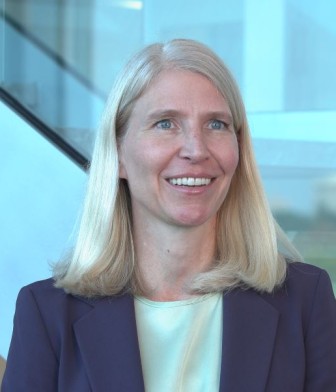
"The 1Komma5Grad business model is ultimately profitable for the customer.”
In addition, Melanie Kehr, who is also a volunteer member of the board of directors of the digital industry association known as the Federal Association for Information Technology, Telecommunications and New Media (BITKOM), is particularly impressed by the fact that 1Komma5° is a young start-up from Germany that is already growing at an above average rate and is consistently using digitalisation and artificial intelligence to overcome the specific challenges of the heat transition.
A particularly positive aspect of this business model is that the customers also benefit, as the monthly operating costs are significantly reduced, and the investment costs pay off within a reasonable period of time. In addition, the personal contribution to the urgently necessary decarbonisation is also remarkable.
Conversely, founder Philipp Schröder sees KfW as a decisive factor on the way to Germany’s sustainable transformation.
"In our view, KfW plays a very special role in Germany. Because whether we’re talking about the mobility transition, the heat or the energy transition, it is always associated with initial investments to get out of oil, gas and coal. And these initial investments need to be financed, of course. KfW helps in two ways. One is that almost everyone has the opportunity to receive very favourable interest rates to finance the acquisition costs. And the other point is that we can also see that there are balanced social concepts there, where the grants are so high that the effectiveness, i.e. the cost reduction, is already being achieved within the first few years."
Digitalisation of the craft

Integration of the craft
For the success of the joint business idea, the close cooperation of formerly independent tradespeople with software and sales specialists is essential.
In the jointly developed business idea – to become a carbon-neutral system provider for energy solutions – the integration of formerly independent specialist trade companies played a key role from the outset. This is because the installation of system components on the roofs and in the basements of private single-family or multi-family houses as well as commercial buildings can only be carried out by skilled craftsmen.
1Komma5° has therefore taken over a few dozen craft companies with their specialists at the most important locations throughout Germany and cooperates with others to ensure the sale, installation and maintenance of the various components from a single source.
The advantages for all parties involved are obvious. The energy management system manages the electricity consumption of 1Komma5° customers so that they always pay the cheapest price per kilowatt hour. Even a large trade company cannot develop an AI system like that by itself. The large-scale orders for solar systems, heat pumps, battery storage systems and other components are bundled for the acquired craft companies – and thus purchased more cheaply for all parties involved.
In principle, 1Komma5° thus unites three companies under one roof. “We are a craft company 2.0, a software supplier and a virtual power plant operator,” explains Philipp Schröder
Virtual power plant
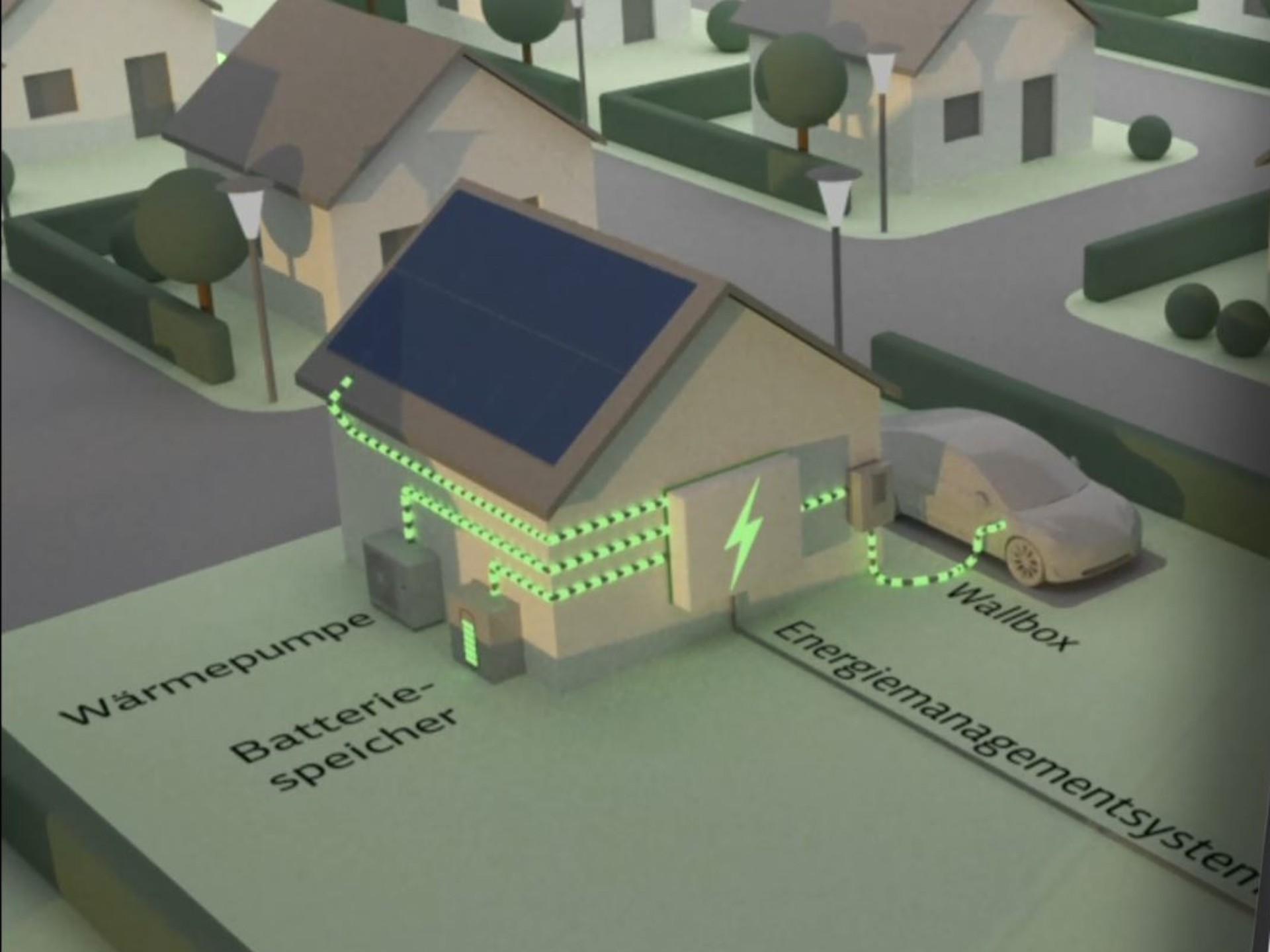
Networking of all components
By networking the solar installation, heat pump, battery storage, electric car and smart meter gateway of all customers, a separate virtual power plant is created.
The creation of a virtual power plant is a key objective of 1Komma5°. Thanks to artificial intelligence, existing solar systems, heat pumps, battery storage systems and customers' electric cars are networked to form a virtual giga-battery. Currently, only around 40,000 systems with a capacity of just under 450 megawatt hours (MWh) are networked. By the end of the decade, 1Komma5° plans to achieve an annual capacity of at least 1.4 gigawatt hours (GWh).
For some years now, consumers have been able to simultaneously purchase electricity and feed self-produced energy into the grid with a solar system. With the energy and heating transition, the old separation between producers and consumers of electricity is being overcome for more and more people.
In the energy sector, this has made a type of prosumer possible. This term combines “producer” and “consumer”. Prosumers are people who both produce and consume.
TechLab in Berlin
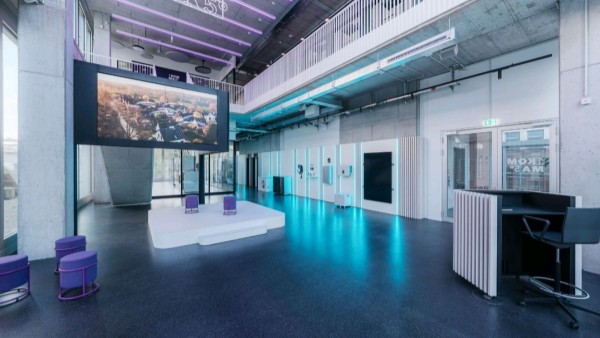
Testing lab
In the TechLab, all components are optimised and further developed together with the software under real-world conditions.
In the 2024 opened development centre in Berlin-Neukölln, 1Komma5° tests its entire product range - from heat pump and wallbox control to battery storage and solar system optimisation and energy management systems - under real-life conditions. Various weather conditions, generation and consumption profiles as well as electricity market situations can be digitally simulated here in order to precisely test and further develop the technology.
App

Analysis
The consumer can use their smartphone or tablet to clearly track all energy flows in their household.
An effective app that clearly displays all energy flows to consumers on smartphones or tablets is now standard with most providers. The app determines the output, costs or yield of the solar installation, heat pump and other components at any time and anywhere with an Internet connection. A special highlight of the 1Komma5° app is the readout of the cumulative carbon savings achieved by the system on a daily basis through climate-friendly energy production and consumption for the household.
Smart meters

Entry into the world of smart electricity
Access to the smart grid is only possible via the digital electricity meter and the smart meter gateway.
Intelligent electricity meters, also known as smart meters, are essential for the success of the energy transition in the electricity market. The black “Ferraris meter”, an analogue device, has been installed in Germany for over 100 years. A smart meter, on the other hand, is a digital electricity meter that automatically encrypts the data and transfers them to the smart grid via the smart meter gateway.
However, smart meter coverage in German households is currently only close to one per cent, while countries such as Sweden, Denmark and Finland are already equipped with smart meters nationwide. The low number of smart meters in German buildings compared to the Nordic countries has the negative consequence that only relatively few consumers can currently benefit from the significant advantages of a flexible electricity market.
From 2025, the installation of smart meters will be mandatory in Germany for the first time for households with an annual electricity consumption of more than 6,000 kWh, with larger solar systems, a heat pump or a wallbox for electric cars. By 2025, however, all households will have the right to install an intelligent electricity meter – and thus also access the flexible electricity market.
Dynamic electricity tariffs
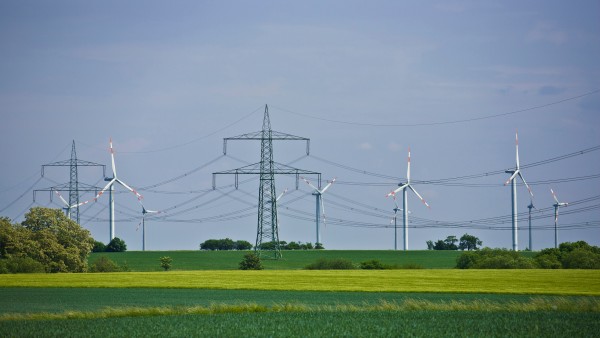
Flexible electricity market
The flexibilisation of the German electricity market and the expansion of renewable energies is leading to an increasing supply of cheap and carbon-free electricity – but also to systemic price fluctuations.
With the dynamic electricity tariff, the price per kilowatt hour (kWh) is flexibly based on the current market value. This means that the electricity price fluctuates hourly or daily like a share price, depending on supply and demand on the Leipzig Electricity Exchange (European Energy Exchange – EEX). This allows households to use electricity at times when it is cheaper. Since 1 January 2025, all electricity providers in Germany have also had to offer a dynamic tariff. Households with dynamic electricity tariffs not only benefit from flexible electricity prices, but also from flexible, time-dependent grid tariffs.
The steady expansion of renewable energies in recent years has led to an increasing supply of affordable and carbon-free electricity overall. At the same time, however, price fluctuations have also increased. In fact, significantly higher prices can also occur on the electricity exchange in times of comparatively low supply of electricity from renewable energies. In the case of dynamic tariffs, providers pass these on directly to their customers.
The significant price risks that can arise, for example, in phases of a so-called “ Dunkelflaute” – or dark doldrums - when only a few hours of sun and wind are available over a longer period of time – are automatically mitigated by intelligent energy management systems for the customer. The artificial intelligence takes into account weather data and the hourly prices of the electricity exchange. It also recognises consumption patterns in the household and can then predict the required amounts of electricity – both in consumption and production. In this way, it optimises private energy consumption and costs.
Dynamic electricity tariffs
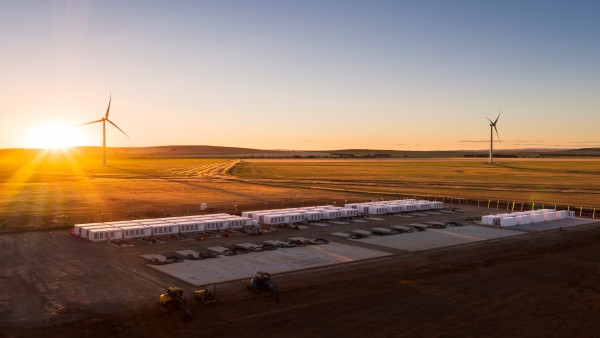
Bulk storage
The world's largest lithium-ion battery at the time was put into operation in Australia - it stores wind energy and is intended to step in during power outages.
Very soon, decentralised electricity storage systems in Germany with much higher capacities will do much a better job compensating for the natural fluctuations in electricity generation with renewable energies. This allows the electricity to be stored for longer periods of time to bridge times of low generation. Previously, the already installed large-scale storage systems with a capacity of 1.5 gigawatts were mainly used to stabilise the grid in the energy market in the short term, smooth out load peaks or bridge the time until conventional power plants (gas and coal) could be fired up. Further large battery storage units will be completed in Germany this year, and significantly more are already firmly planned for the coming years, which will multiply the total capacity in the foreseeable future. This could, for example, make the construction of new gas-fired power plants as a reserve capacity superfluous.
Battery storage

Energy storage unit
With an intelligently controlled energy storage unit, self-generated electricity is temporarily stored and can be used later with a time delay.
A battery or electricity storage unit is a useful component for temporarily storing self-generated or surplus electricity until it is required. If, on the other hand, there is more electricity demand than your own solar system can supply – for example at night or during non-sunny times – the electricity generated on the roof can be used with a time delay by discharging the battery storage.
With a dynamic electricity tariff, a smart meter and an intelligent energy management system, the battery is always charged with grid electricity from renewable energies when it costs the least on the electricity exchange.
Heat pumps
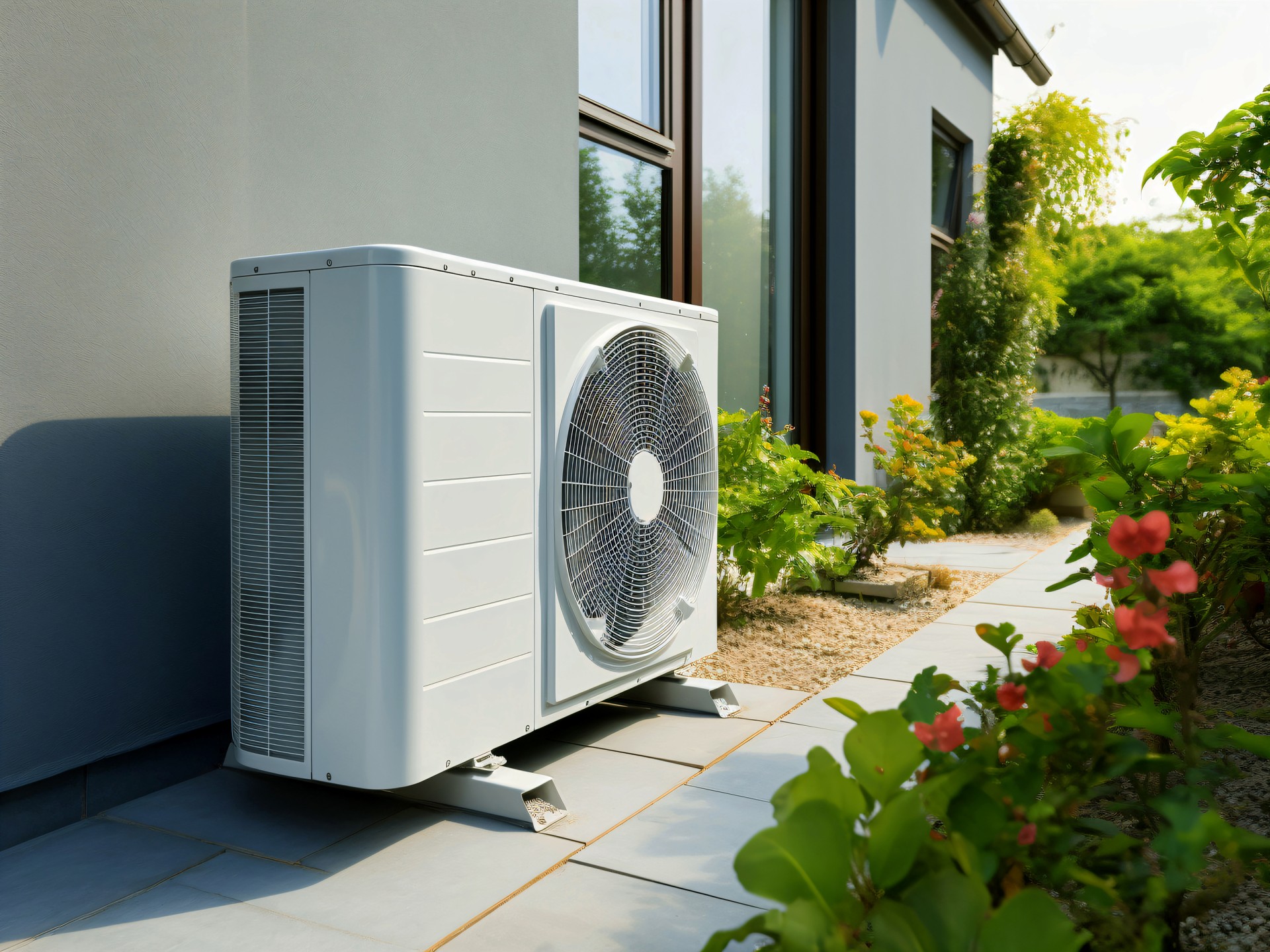
In combination with self-generated electricity from a solar installation, a battery storage system, an intelligent energy management system and a dynamic electricity tariff, a modern heat pump can be operated in the short term much more economically and climate-friendly than any comparable system based on fossil fuels.
The most commonly installed air-to-water heat pump is not only essential from the perspective of CleanTech companies for a heating transition in the private building sector. The Fraunhofer Institute for Solar Energy Systems (ISE) in Freiburg has calculated that heat pumps generate up to 4.7kWh of heat from 1kWh of electricity: a much higher efficiency than, for example, the most modern oil and gas heaters. Heat pumps that use electricity from renewable energies heat with virtually zero emissions.
Heat pumps
In combination with self-generated electricity from a solar installation, a battery storage system, an intelligent energy management system and a dynamic electricity tariff, a modern heat pump can be operated in the short term much more economically and climate-friendly than any comparable system based on fossil fuels.
The most commonly installed air-to-water heat pump is not only essential from the perspective of CleanTech companies for a heating transition in the private building sector. The Fraunhofer Institute for Solar Energy Systems (ISE) in Freiburg has calculated that heat pumps generate up to 4.7kWh of heat from 1kWh of electricity: a much higher efficiency than, for example, the most modern oil and gas heaters. Heat pumps that use electricity from renewable energies heat with virtually zero emissions.
Modern heat pumps use about 75% environmental energy and 25% electricity to produce one kilowatt hour of heat. Controlled by an intelligent energy management system, heat pumps can even take the strain off the grid by using excess power and balancing peaks.
For many millions of private homes in Germany that are currently still heated with fossil energy, there are savings potential of several billion tonnes of carbon emissions in the medium and long term, which can hardly be overestimated.
Financing for venture capital
KfW Capital

invests in German and European venture capital funds, which in turn invest in companies in their growth phases in Germany, thereby strengthening the capital base of these companies.
Read moreSuccessful start-ups such as 1KOMMA5° and others are particularly dependent on venture capital from VC investors during the intensive growth phase. KfW Capital, KfW’s VC fund investor, is invested in 1KOMMA5° via the German VC fund eCapital based in Münster with a focus on technology start-ups.
In recent years, support from the Future Fund and KfW Capital has significantly facilitated access to venture capital in Germany. By 2030, the German Federal Government will provide EUR 10 billion and thus leverage private investment. In addition, the Growth Fund Germany is endowed with EUR 1 billion and is already invested in around 25 VC funds.
For 1KOMMA5° CEO Philipp Schröder, the commitment of the German Federal Government and KfW to venture capital is also of decisive importance.
"For a successful transformation, it is absolutely essential that Germany also becomes even better when it comes to venture capital. We ourselves are delighted to have KfW indirectly as an investor in 1KOMMA5° as well. That is why it is all the more important that the state sends a long-term signal through KfW that investors in this area also have the state as a co-investor on their side. We believe that it is very, very important that we can keep up with the Americans there. Together with the other European competitors, especially France, this is a very important signal. In this respect, too, KfW’s role is really important."
WIN initiative
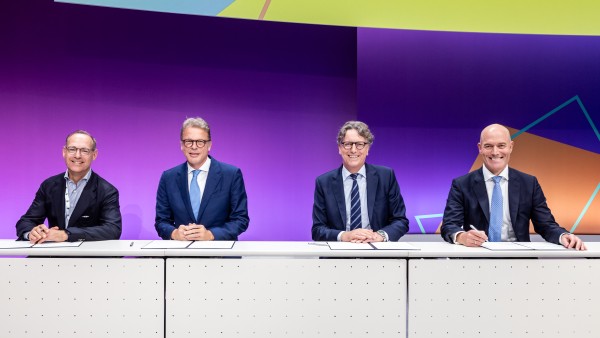
Signing of the WIN initiative
From left to right: Oliver Bäte (CEO Allianz), Christian Sewing (CEO Deutsche Bank), Stefan Wintels (CEO KfW) and Dirk Schmitz (BlackRock) at the signing of the WIN initiative in Berlin in September 2024.
With the WIN initiative (Growth and Innovation Capital for Germany), an alliance of business, associations, politics and KfW to promote start-ups, innovation and venture capital, another important driving force for the German start-up landscape has emerged in 2024. WIN intends to provide at least a further EUR 12 billion for the German venture capital ecosystem before the end of this decade.
WIN initiative
KfW is coordinating the WIN initiative on behalf of the German Federal Government. KfW is also involved in the WIN initiative with its own commitment.
Particularly in the areas of CleanTech scale-ups, the WIN package of measures aims to provide special financing solutions for building up industrial production capacities. Accordingly, the Federal Government wants to examine how private investors can be mobilised through public support, for example through KfW, in order to close an existing gap in this segment.
This might already lay the foundation for the next German unicorn.
Published on KfW Stories on 13 February 2025, updated on 21 May 2025.
The described project contributes to the following United Nationsʼ Sustainable Development Goals
Goal 7: Ensure access to affordable, reliable, sustainable and modern energy
Close to 80 per cent of the energy produced worldwide still comes from fossil fuel sources. Burning fossil fuels also generates costs for the health system due to air pollution and costs for climate-related damages that harm the general public, not just those burning the fuel.
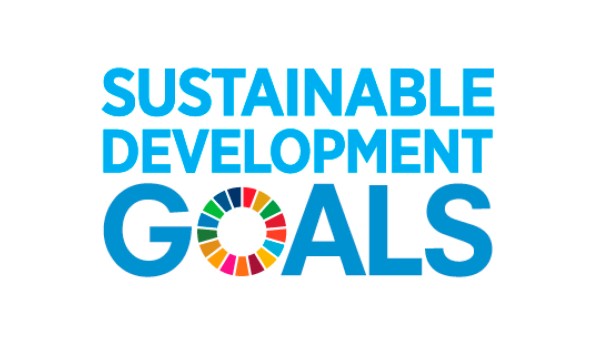
All United Nations member states adopted the 2030 Agenda in 2015. At its heart is a list of 17 goals for sustainable development, known as the Sustainable Development Goals (SDGs). Our world should become a place where people are able to live in peace with each other in ways that are ecologically compatible, socially just, and economically effective.

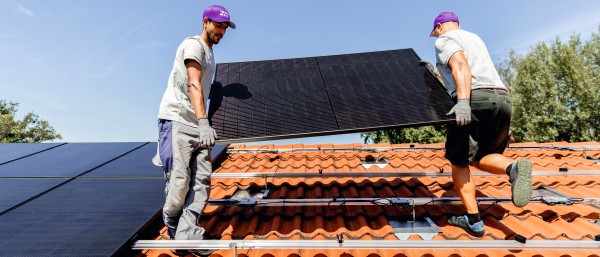
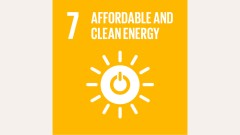
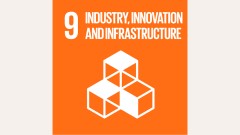
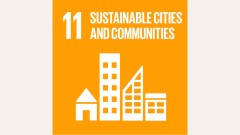
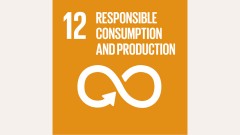
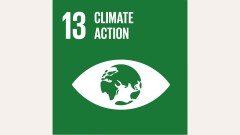

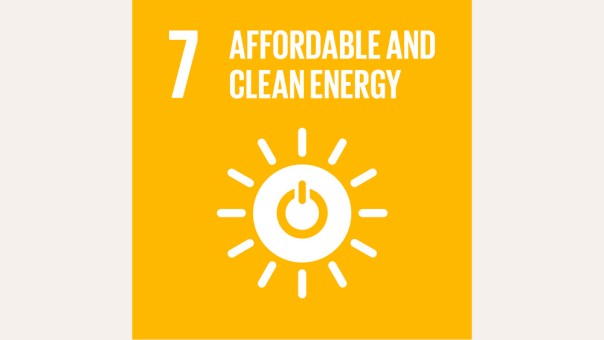
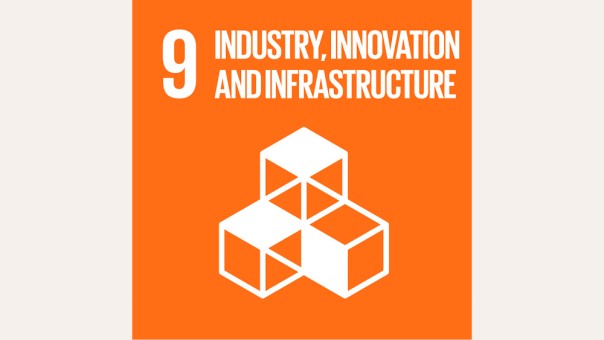
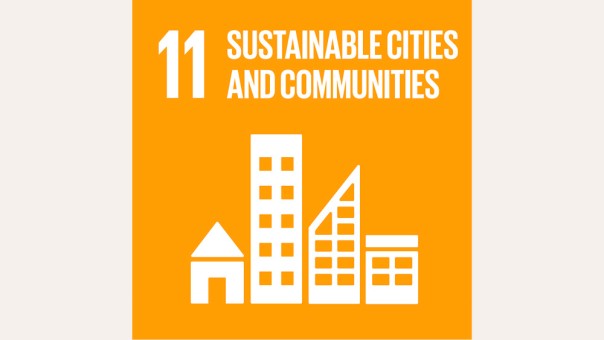
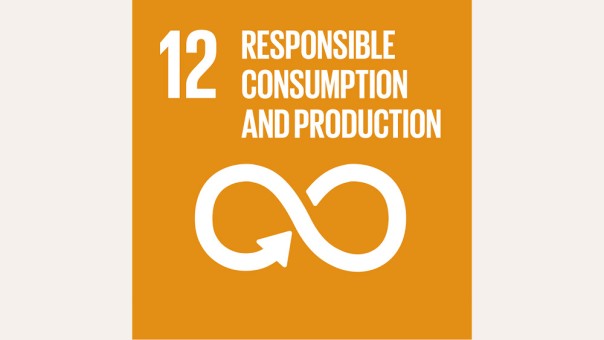
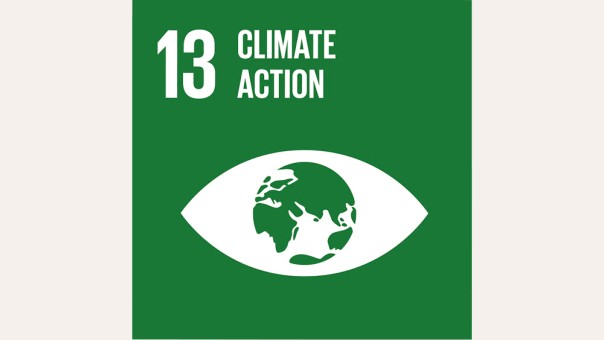

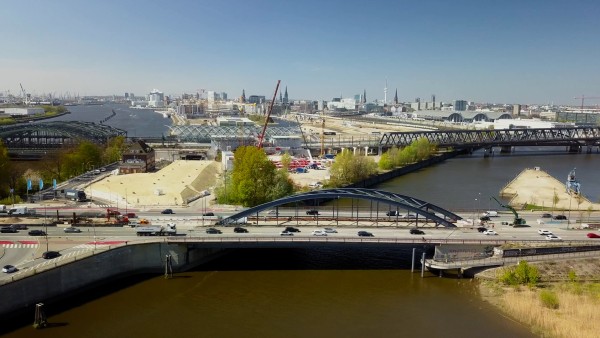
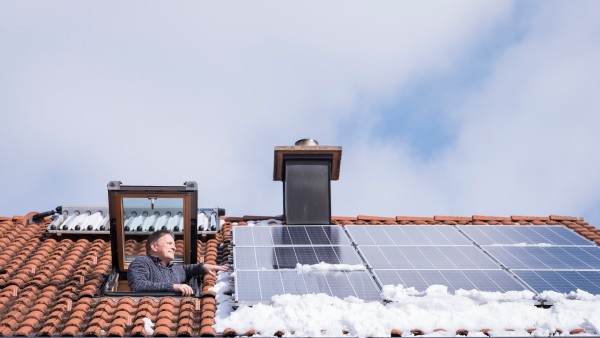
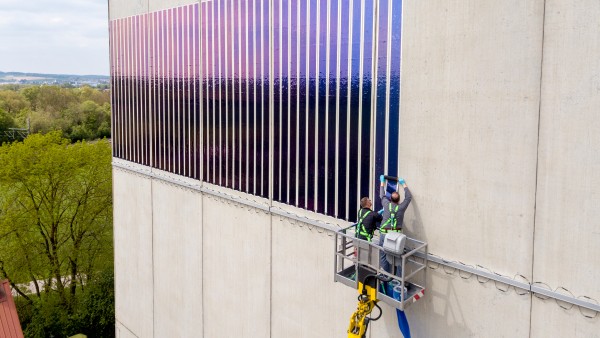
Data protection principles
If you click on one of the following icons, your data will be sent to the corresponding social network.
Privacy information